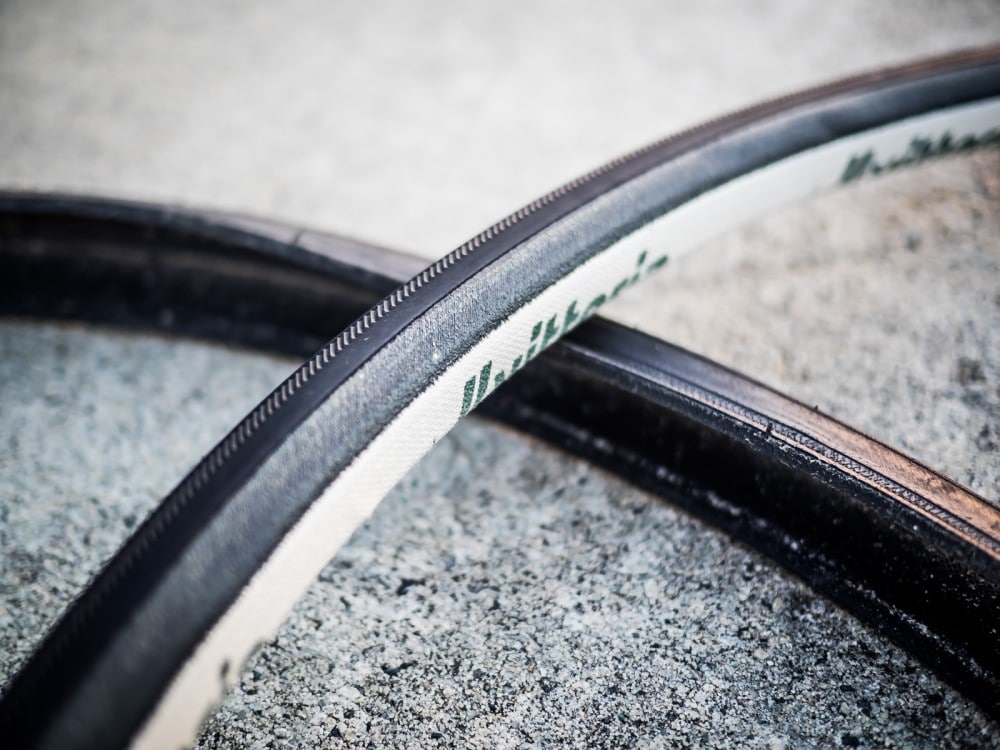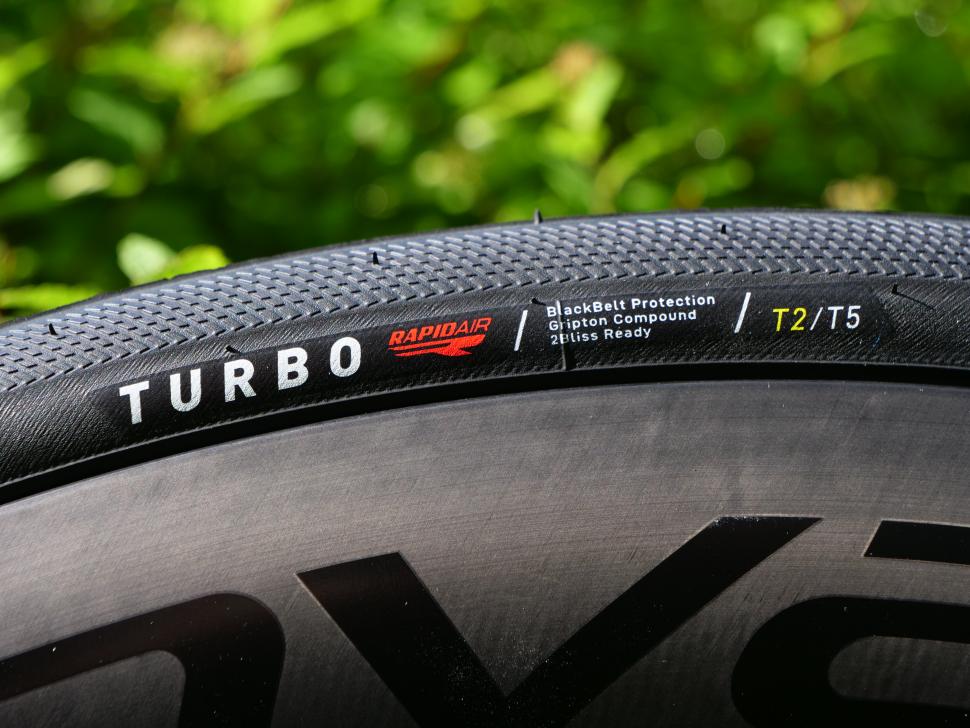What Makes Clincher Tyres So Special?
Cyclists often wonder, what are clincher tyres, and why have they become a staple in the cycling world? The answer lies in their unique features and benefits. Clincher tyres have gained popularity due to their ease of installation and removal, making them a convenient choice for cyclists who need to frequently change tyres or transport their bikes. Additionally, clincher tyres offer improved safety, thanks to their robust construction and secure attachment to the rim. This added security provides cyclists with peace of mind, allowing them to focus on their ride. With their versatility and practicality, it’s no wonder clincher tyres have become a go-to choice for many cyclists.
How to Choose the Right Clincher Tyre for Your Ride
Selecting the perfect clincher tyre can be a daunting task, especially with the numerous options available in the market. However, by considering a few key factors, cyclists can ensure a smooth and efficient ride. One of the most critical factors to consider is tyre width. A wider tyre provides more comfort and stability, while a narrower tyre is ideal for speed and agility. The tread pattern is another crucial aspect to consider. Different tread patterns are designed for specific riding conditions, such as wet roads, dry roads, or off-road terrain. Additionally, the material used to construct the tyre plays a significant role in its overall performance. Clincher tyres made from high-quality materials, such as Kevlar or silica, offer improved puncture resistance and durability. By taking these factors into account, cyclists can choose a clincher tyre that meets their specific needs and preferences, ensuring a superior riding experience.
The Anatomy of a Clincher Tyre: Understanding the Components
To fully appreciate the capabilities of clincher tyres, it’s essential to understand their internal workings. A clincher tyre consists of three primary components: the bead, sidewall, and tread. The bead is the innermost part of the tyre, which attaches to the rim of the wheel. It’s typically made of a strong, flexible material, such as Kevlar or steel, to ensure a secure fit. The sidewall provides additional strength and support to the tyre, while also protecting the inner tube from punctures. The tread, on the other hand, is the outermost layer of the tyre, responsible for gripping the road and providing traction. The tread pattern and material used can significantly impact the tyre’s performance, with different designs suited for various riding conditions. By understanding the role of each component, cyclists can better appreciate the complexity and functionality of clincher tyres, and make informed decisions when selecting the right tyre for their ride.
Clincher Tyres vs. Tubular Tyres: Which One Reigns Supreme?
When it comes to choosing the right tyre for their ride, cyclists often find themselves torn between clincher tyres and tubular tyres. While both types of tyres have their own unique advantages and disadvantages, understanding the key differences between them can help riders make an informed decision. Clincher tyres, also known as “wire-on” tyres, are the most popular choice among cyclists due to their ease of installation and removal, as well as their improved safety features. On the other hand, tubular tyres, also known as “sew-up” tyres, are preferred by some riders for their lightweight design and improved aerodynamics. However, tubular tyres can be more difficult to install and repair, and are generally more expensive than clincher tyres. By weighing the pros and cons of each type of tyre, cyclists can determine which one best suits their riding style and preferences. For example, clincher tyres may be ideal for casual riders or those who prioritize convenience, while tubular tyres may be better suited for competitive riders who require a lightweight and aerodynamic tyre. Ultimately, the choice between clincher tyres and tubular tyres depends on a rider’s individual needs and goals.
The Role of Clincher Tyres in Professional Cycling
Clincher tyres have become an integral part of professional cycling, with many top-level cyclists relying on them for their competitive edge. In fact, clincher tyres are the tyre of choice for most professional cycling teams, including those competing in the Tour de France and other prestigious events. So, what makes clincher tyres so appealing to elite cyclists? For starters, clincher tyres offer a unique combination of speed, comfort, and reliability, making them ideal for high-performance cycling. Additionally, clincher tyres are highly versatile, allowing riders to adapt to different road surfaces and conditions with ease. Many professional cyclists also appreciate the ease of installation and removal of clincher tyres, which can be a major advantage during high-pressure races. Furthermore, clincher tyres have been shown to provide improved safety features, such as enhanced puncture resistance and better grip, which can be a lifesaver for riders pushing themselves to the limit. As a result, clincher tyres have become an essential component of professional cycling, helping riders to achieve their goals and push the boundaries of human performance.
Debunking Common Myths About Clincher Tyres
Despite their popularity, clincher tyres are often misunderstood, and several myths have emerged to tarnish their reputation. One common misconception is that clincher tyres are slow and lack the speed of their tubular counterparts. However, this myth has been debunked by numerous studies and tests, which have shown that clincher tyres can be just as fast as tubular tyres, if not faster. Another myth is that clincher tyres are prone to punctures and lack the reliability of tubular tyres. Again, this myth is unfounded, as modern clincher tyres are designed with advanced puncture-resistant materials and technologies that minimize the risk of flats. Additionally, clincher tyres are often criticized for their weight, with some claiming that they are heavier than tubular tyres. While it is true that some clincher tyres may be heavier than their tubular counterparts, this is not always the case, and many modern clincher tyres are designed to be lightweight and efficient. By understanding the facts and debunking these common myths, cyclists can make an informed decision about whether clincher tyres are right for them. After all, what are clincher tyres if not a reliable, fast, and efficient choice for cyclists of all levels?
Real-World Applications of Clincher Tyres: From Commuting to Racing
Clincher tyres are not just limited to professional cycling; they have a wide range of real-world applications that make them a popular choice among cyclists of all levels. From daily commuting to competitive racing, clincher tyres have proven themselves to be a versatile and reliable option. For commuters, clincher tyres offer a comfortable and efficient ride, allowing them to navigate through busy city streets with ease. The improved puncture resistance and durability of clincher tyres also make them an ideal choice for daily commutes. On the other hand, competitive cyclists appreciate the speed and agility of clincher tyres, which enable them to push themselves to the limit. Whether it’s a criterium, a time trial, or a road race, clincher tyres have been proven to deliver exceptional performance. Additionally, clincher tyres are also popular among recreational cyclists who enjoy leisurely rides on the weekends. Their ease of installation and removal make them a convenient option for cyclists who like to switch between different bikes or wheels. What are clincher tyres if not a reliable and efficient choice for cyclists of all levels and disciplines? By understanding the various applications of clincher tyres, cyclists can make an informed decision about whether they are the right choice for their specific needs.
The Future of Clincher Tyres: Innovations and Advancements
The world of clincher tyres is constantly evolving, with manufacturers investing heavily in research and development to improve performance, safety, and sustainability. One of the most significant advancements in recent years is the introduction of advanced materials, such as graphene and nanomaterials, which have improved the strength, durability, and puncture resistance of clincher tyres. Additionally, the development of new tread patterns and compounds has led to improved grip, handling, and braking performance. Another area of innovation is in the manufacturing process, with the use of automation and robotics enabling faster and more efficient production, which has led to reduced costs and increased availability. Furthermore, the trend towards sustainability has led to the development of eco-friendly clincher tyres, made from recycled materials and designed to reduce waste and minimize environmental impact. What are clincher tyres if not a testament to human innovation and ingenuity? As the cycling industry continues to evolve, it will be exciting to see how clincher tyres adapt to meet the changing needs of cyclists. With ongoing research and development, it’s likely that clincher tyres will continue to improve, providing cyclists with an even better riding experience.








